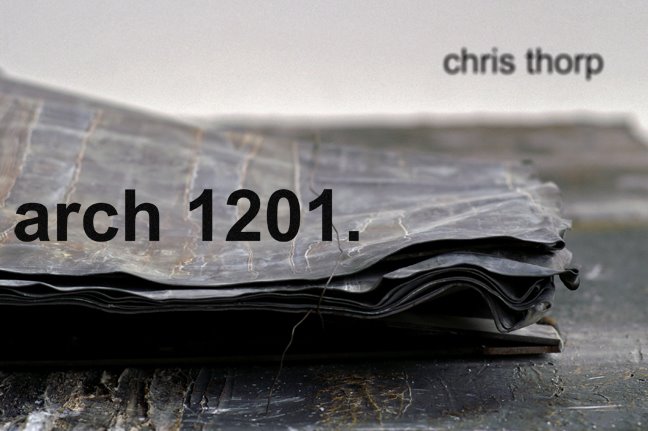
Prior to white settlement, the area now known was Newtown was part of the land of the Cadigal band of the Eora people and consisted of grasslands of predominantly Kangaroo Grass. King St follows the spine of a ridge line that rises up at Sydney Uni and extends to the south. The street reputedly follows an ancient Aboriginal track that lead to the coastal plains near Botany Bay. According to the colonial diarist Watkin Tench, when Europeans first arrived in Sydney it was possible to walk from Sydney Cove to Botany Bay in only a few hours, through a grassy and lightly wooded area that Tench described as being like "English Park lands."

No comments:
Post a Comment